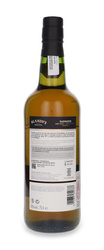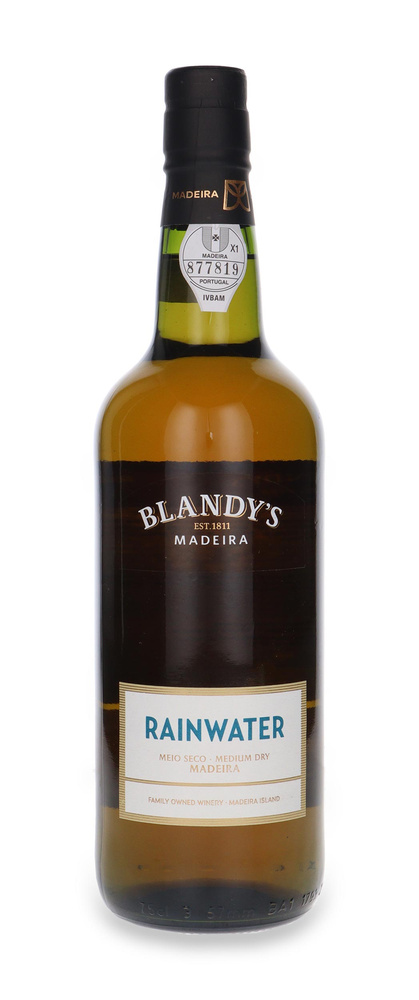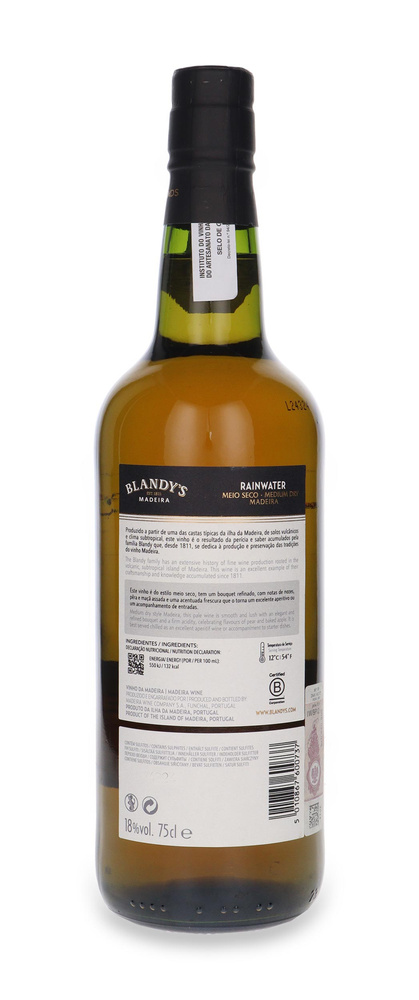Product description
The origins of the brand date back to 1808, when John Blandy came to Madeira, initially due to poor health, as confirmed by a letter of introduction written in London and sent to three wine merchants also from that city, who settled in Madeira. In 1811, together with his brothers Thomas and George, he founded a shipping company dealing primarily with wine trade, thus creating the foundations of the family business and the entire history of wine from Madeira. Very rapid development soon enabled the export of wines to Europe, as far as Russia, and also to North America. Over the years, John Blandy bought small properties on the island, creating the now known The Blandy's Wine Lodge - one of the oldest wineries on the island, which, apart from its historical heritage, create very unique wines.
The owners’ instinct to run the business has allowed them to survive all the plagues and turmoil of history, with a primary goal: to leave the company for future generations in a stronger state than when we received it. Over the years, Blandy’s decided to join the Madeira Wine Company in 1925, a group of wine producers from Madeira, to maximize exports while reducing costs. Then, in 1989, they contacted the Symington family (port producers since the 19th century) to continue expanding into global markets. In 2000, the company introduced its first vintage wine (Colheita) from Madeira, and then introduced younger wines to meet market expectations.
Wine made from 100% Tinta Negra grapes. The name comes from an incident when, during the transport of wine to the USA, one of the batches of wine was diluted with rainwater. The grapes were hand-picked, gently pressed, then macerated on the skins and fermented. When the wine reached the right level of sweetness, high-proof wine alcohol was added to it to stop fermentation. Before bottling, it matured for 3 years in oak barrels. On the nose, it is very complex and rich, full of aromas of dried fruit, with an accent of nuts and oak. On the palate, it is fresh and lively, very harmoniously combining fruit flavors with more dry accents. The finish is long and clean, with a bit of spice nuances.
It is best served at a temperature of 14-16 degrees, as a dessert wine. It is also suitable as an aperitif, although then, to bring out greater freshness, it is worth cooling it to a temperature of 6-8 degrees. It will be suitable for appetizers, as well as cream soups.




